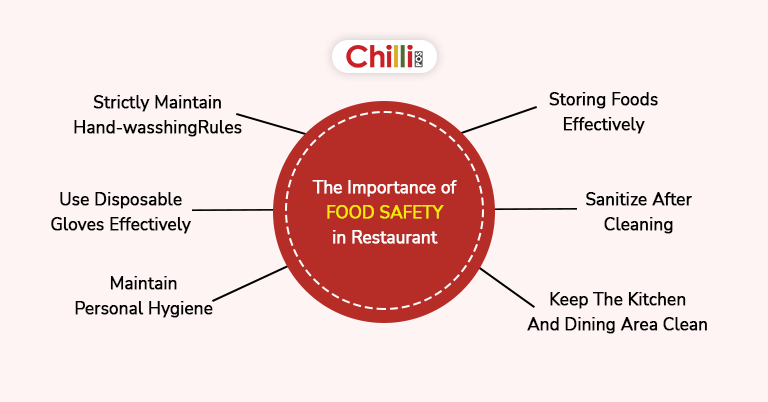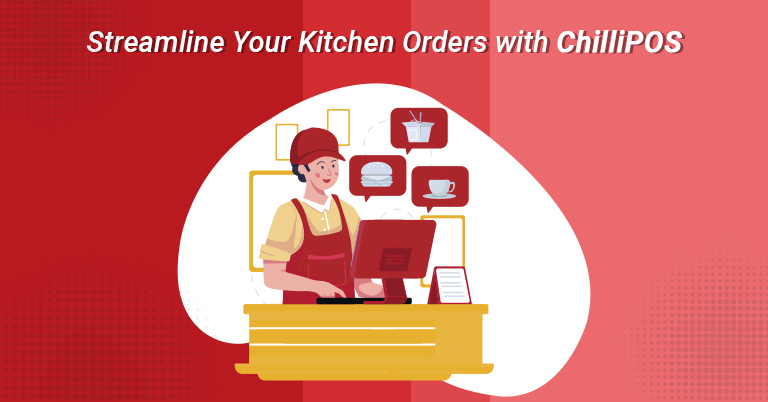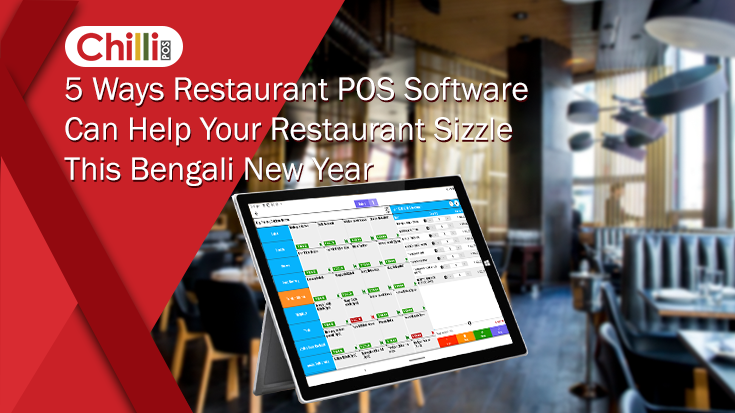Understanding Point of Sale (POS) Security
In the modern business landscape, Point of Sale (POS) systems are integral to the operations of countless businesses, from small shops to large retailers. These systems not only facilitate sales but also store sensitive customer data. As such, ensuring POS security is of paramount importance. In this article, we will delve into what POS security entails and provide essential tips on how to protect customer data effectively.
What is POS Security?
Point of Sale (POS) security refers to the measures and practices put in place to safeguard customer data and ensure the integrity, confidentiality, and availability of transactions conducted through a POS system. Customer data includes not only payment card information but also personal identification details. Here are key elements of POS security:
1. Data Encryption:
Encryption is a fundamental aspect of POS security. It involves encoding data during transmission and storage, rendering it unreadable to unauthorized parties. Secure Sockets Layer (SSL) and Transport Layer Security (TLS) protocols are commonly used for encrypting data during transactions.
2. Access Control:
Restricting access to the POS system is crucial. Implement strong password policies, employ multi-factor authentication (MFA), and limit access privileges to only those who require them. Ensure that each user has a unique login ID.
3. Regular Software Updates:
Keep all POS software and hardware up to date. Updates often include security patches that address vulnerabilities discovered by developers. Neglecting updates can leave your system exposed to potential threats.
4. Firewalls and Intrusion Detection Systems (IDS):
Install firewalls to monitor and control incoming and outgoing network traffic. Complement this with an IDS to detect any unauthorized access or suspicious activities on the network.
5. Secure Card Readers:
Use secure and tamper-evident card readers. Regularly inspect card readers for signs of tampering, as criminals may attempt to install skimming devices to steal card information.
6. Regular Security Audits:
Conduct routine security audits and vulnerability assessments to identify weaknesses in your POS system. Address any issues promptly to minimize risks.
7. Employee Training:
Educate your employees about the importance of POS security. Train them to recognize phishing attempts and suspicious activities. Create a culture of security awareness.
8. Data Retention Policies:
Develop clear data retention policies that dictate how long customer data is stored. Once data is no longer needed, ensure it is securely and permanently deleted.
9. Incident Response Plan:
Prepare an incident response plan that outlines how to handle security breaches or data breaches if they occur. Having a plan in place can mitigate damage and prevent further compromise.
10. Vendor Security Assessment:
If you use third-party vendors for POS systems or related services, conduct security assessments to ensure they adhere to robust security practices and standards.
How to Protect Customer Data:
Now that we’ve discussed the components of POS security, let’s explore how to protect customer data effectively:
**1. Install Reliable Antivirus Software:
Use reputable antivirus software to protect your POS systems from malware and viruses.
**2. Regularly Monitor Transactions:
Monitor transactions and promptly investigate any discrepancies or suspicious activities.
**3. Implement Strong Authentication:
Require strong and unique passwords for access to your POS system. Consider implementing biometric authentication or smart cards for added security.
**4. Segment Your Network:
Separate your POS network from other internal networks to limit exposure to potential threats.
**5. Use Tokenization:
Tokenization replaces sensitive data (such as credit card numbers) with unique tokens. Even if a breach occurs, tokenized data is useless to attackers.
**6. Train Employees:
Regularly educate your employees about security best practices, including recognizing phishing emails and protecting customer data.
**7. Regularly Back Up Data:
Frequently back up customer data to ensure you can recover it in case of a breach or system failure.
**8. Encrypt Data at Rest:
In addition to data encryption in transit, encrypt data stored on your POS system’s servers or databases.
**9. Test Your Security:
Conduct penetration testing to assess the strength of your security measures and identify vulnerabilities.
**10. Comply with Industry Standards:
Adhere to industry-specific regulations and standards such as the Payment Card Industry Data Security Standard (PCI DSS) to ensure compliance.
In conclusion, POS security is paramount for protecting customer data and maintaining trust. By implementing robust security measures, regularly monitoring transactions, and educating your staff, you can significantly reduce the risk of data breaches and ensure the integrity of your POS system. Remember, securing customer data is not just a legal requirement; it’s a commitment to your customers’ privacy and trust in your business.







